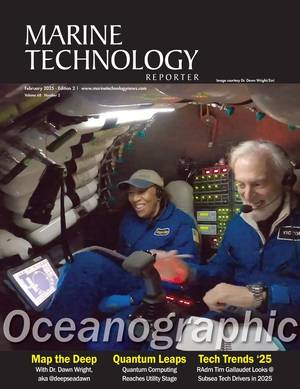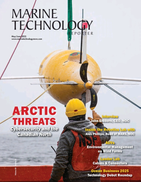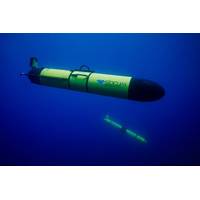
Teledyne Marine to Host Slocum Glider User’s Conference
The global oceanographic community is invited to gather in Woods Hole this fall for the Slocum Glider User’s Conference, taking place October 7–9, 2025. This three-day event will bring together Slocum glider users, marine scientists, engineers, and dignitaries for an exchange of knowledge, innovation, and mission collaboration.The conference will culminate in the official launch of the Sentinel Mission on October 10, featuring REDWING, the first autonomous underwater glider that will embark on the first ever AUV mission to autonomously circumnavigate the globe.Conference Highlights:Expert
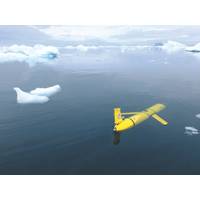
NOC Moves Forward with Funding for Subsea Sensor Tech
of measurements single underwater robotic platforms can take has won UK funding.A team in the National Oceanography Centre’s (NOC) Ocean Technology and Engineering group will develop and then test the new SixSense package on autonomous underwater vehicles, including Autosub Long Range (ALR) and Slocum Glider platforms. The new miniature sensor will be capable of measuring six key parameters covering biogeochemical, physical and environmental measurements.“Sampling our world’s ocean is a formidable challenge, yet understanding more about the marine environment is critical for understanding
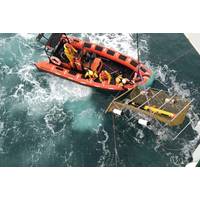
... And the Winner is ...
across the Ganga River using the TRDI RiverRay ADCP, under the Water Resources Department of Bihar.Photo by Vikram Pratap Singh, Pan India Consultants Pvt Ltd, taken at Marine Drive, Patna, India. / Image courtesy Teledyne MarineWinner Underwater AwardA stunning image of a Teledyne Webb Slocum Glider on its way into the blue Atlantic waters off the Georgian coast. A Teledyne G3 Slocum Glider dives into the blue Atlantic waters after being deployed off the Georgia coast by scientists from the University of Georgia's Skidaway Institute of Oceanography.Image by Jackson Schroeder, University
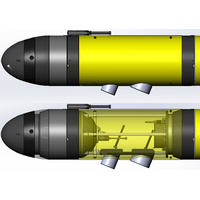
Teledyne Integrating the Kongsberg EK80 WBT Mini Into Its Slocum Gliders
.The energy-efficient Kongsberg EK80 WBT Mini is a compact version of the Wide Band Transceiver (WBT), used by marine research vessels worldwide to identify and quantify a wide range of targets such as fish, plankton, bubbles, oil droplets, and physical oceanographic features such as turbulence.The Slocum Glider is the world’s most prolific autonomous gliding platform, a subsea vehicle that uses changes in buoyancy to efficiently move through the water, allowing it to persistently monitor the ocean water column for months at a time, and transmit gathered data shoreside via an iridium satellite
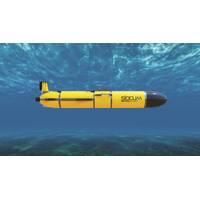
Teledyne Webb Research Unveils Slocum Sentinel Glider
for oceanographic monitoring across myriad applications, the new AUV expands the capabilities and endurance of the vehicle by building on the technology of Teledyne Webb Research’s Slocum G3 Glider, offering greater endurance and payload capability.The Slocum Sentinel Glider scales the standard Slocum Glider through an increased diameter and length – 13 inches in diameter and over 8 feet long. This expanded size allows the Sentinel to hold over 3.5 times as many lithium primary batteries as the standard Slocum Glider and to accommodate up to eight different sensor or hardware integrations."
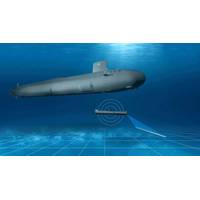
First AUV Launched from a Moving Submarine
, the new capability will increase operational effectiveness and allow every SSN-class submarine to serve as an AUV mothership.“We were able to accomplish something the Navy has been trying to do for (many) years in response to an urgent operational need,” Slocum said.Related: Teledyne Slocum Glider Deployed from US Navy Helicopter
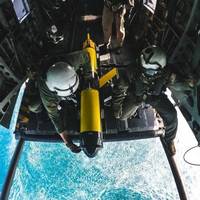
Teledyne Slocum Glider Deployed from US Navy Helicopter
An undersea glider was launched from a U.S. Navy helicopter—in what is said to be the first successful autonomous undersea vehicle (AUV) deployment from an aircraft.The Teledyne-owned Slocum glider, configured with Littoral Battlespace Sensing – Glider (LBS-G) mine countermeasures (MCM) sensors, was launched from the ramp of U.S. Navy helicopter flying “low and slow” over shallow waters. Teledyne Marine said it provided Slocum glider piloting and technical support in theater. "We are excited to be a part of another series of firsts! In this instance, the first launch
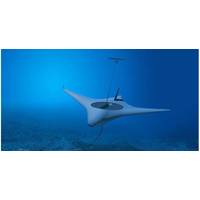
Back to the Future: Blended Wing Gliders Could Redefine Undersea Warfare
Since it was first proposed by Henry Stommel in a 1989Oceanography magazine article, the underwater glider has become a mainstay of ocean scientific research. The Teledyne Marine Slocum glider(named for Joshua Slocum, the first to solo circumnavigate the globe in a sailboat),along with its cousins the Kongsberg SeaGlider, originally developed by the University of Washington, and Spray Glider, jointly developed by Woods Hole and Scripps Institute of Oceanography, have been at the forefront of the marine robotics revolution. Gliders are unique among autonomous underwater vehicles (AUVs). Rather than use

NOC Opens European Glider Service Center
has partnered with subsea technology firm, Teledyne Marine, to open a new European Glider Service Center.The partners opened the doors to the center Tuesday. The center promises to expand glider usage for both science and industry and provide scientific support and repair facilities for Teledyne Slocum Gliders.Based at the NOC’s engineering hub in Southampton, the Gilder Service Center offers services to Slocum glider owners from across Europe, including sensor calibrations and pressure testing, and will save businesses time and the expense of shipping systems to the US for servicing and upgrades
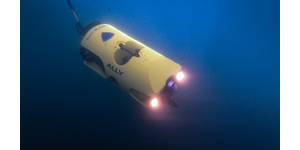
 February 2025
February 2025
